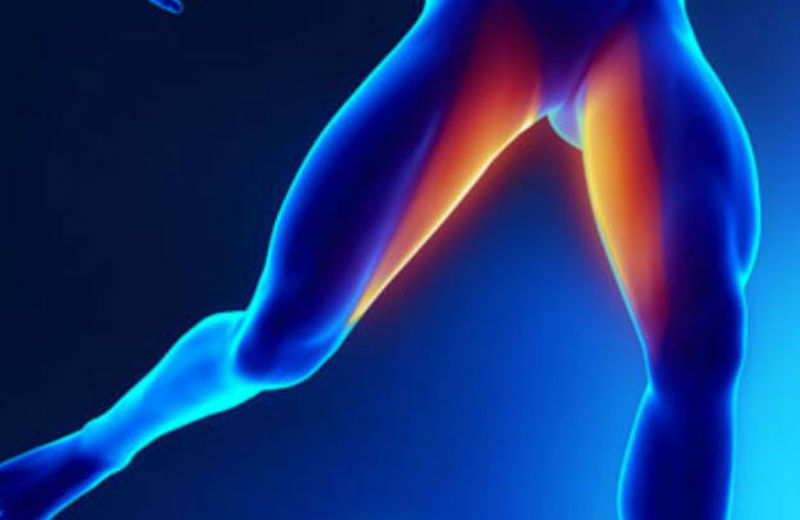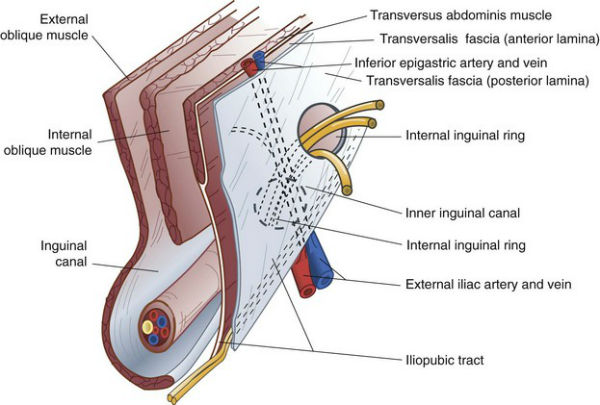
Knowing the sports hernia pain location is the first step towards a proper, successful diagnosis. While it may very slightly from person to person, there is one tell-tale discomfort area that can signal whether you have the injury or a much-less serious groin strain.
Get the ULTIMATE Sports Hernia Master Guide with 30+ included resources, an in-depth rehabilitation program, tips, tricks, and more! Successfully diagnose, treat, and cure your sports hernia with this complete master guide created by a sports hernia specialist. Note that it is still highly recommended to read this article in full to understand how to get the most out of the guide to treat and cure your sports hernia or groin pain.
While a professional examination from a specialist trained in treating the injury is highly recommended, there is a method that you can do from home.
No tools or special props are needed.
Sports Hernia Pain Location Test
Make sure you are wearing shorts or undergarments. While sitting on the edge of a chair or bench, use your finger to apply pressure to the crown of your pubic bone.
If you do in fact have a sports hernia, this will be extremely painful. On a scale of 10 expect seven or more.
A specialist can further confirm by performing an ultrasound while simultaneously performing the same probe technique.
The heart of the sports hernia pain location lies with the inguinal canal. The “back wall” of this canal is what becomes weak and tears (anterior lamina of the Transversalis fascia in the diagram below). The probe method applies stress directly to the inguinal area which should be extremely tender if seriously hurt.

Posterior Inguinal Wall
There can also be nerve pain that originates from the genital branch of the genitofemoral nerve—a fancy way of referring to the branch of nerves that originates in your abdomen and travels into your upper thigh.

Nerve pain associated with the injury is likely related to the genital branch.
Other Sports Hernia Pain Locations
While sharp pain in the groin is a giveaway factor, it can also spread to other areas.
The lower abs may also experience pain, especially when flexed. Many people with the injury will brace themselves when rising from bed or opening doors—if you have adopted these behaviors that is another sign you may have it.
The adductors—your inner thighs—will also become tender and can even be painful. Some doctors recommend getting your adductors “released” (a nice way of saying sliced), but this is not recommended as they play a role in stabilizing your knee and hip.
It is important to note that recovery without surgery is possible. While not everyone will be able to come back without having an operation, some can.
Whether or not you will fall into that category will entirely depend on if you are able to receive a speedy diagnosis and begin the 10-week rehab program immediately.
By week 6, if you are still experiencing the same level of pain or it has gotten worse, it is time to begin considering surgery.
There are several complications to be aware of ahead of time so you don’t accidentally get the wrong type of procedure—and set yourself back years, months, or permanently.
